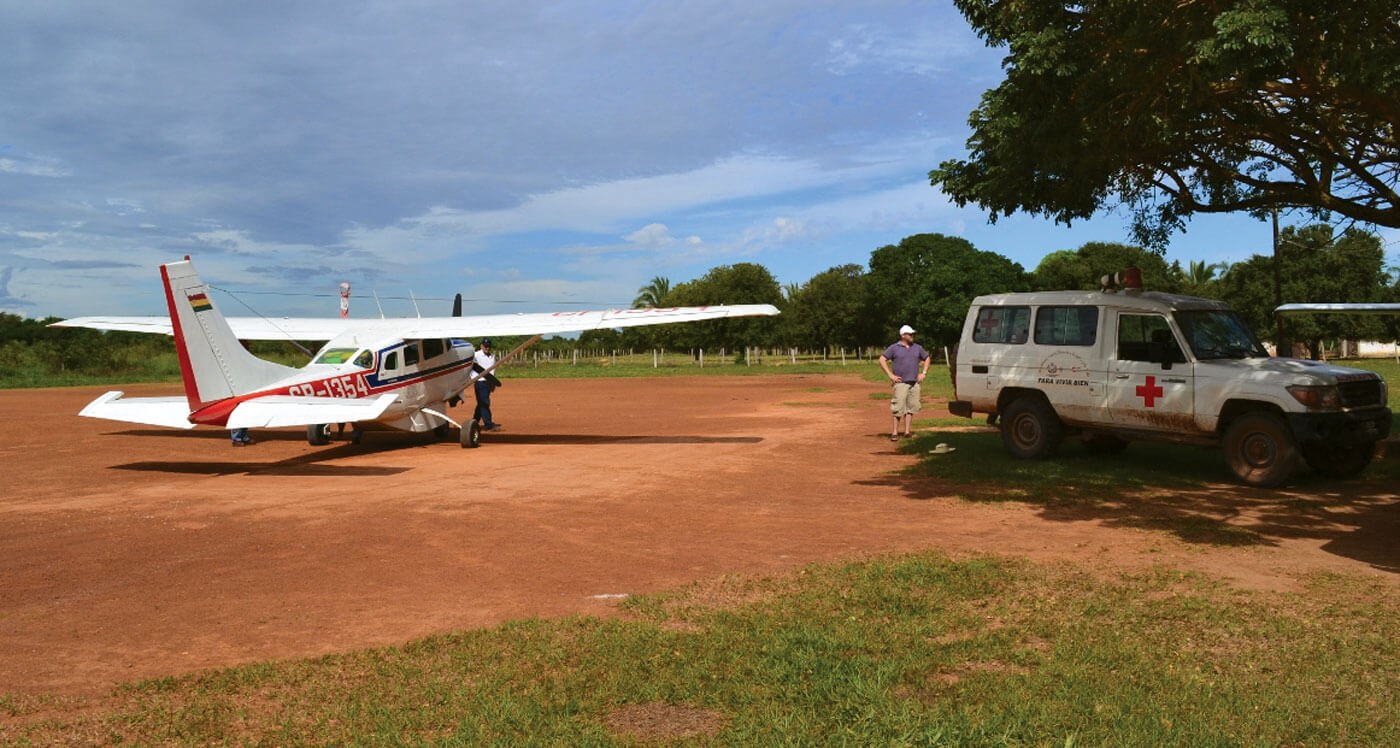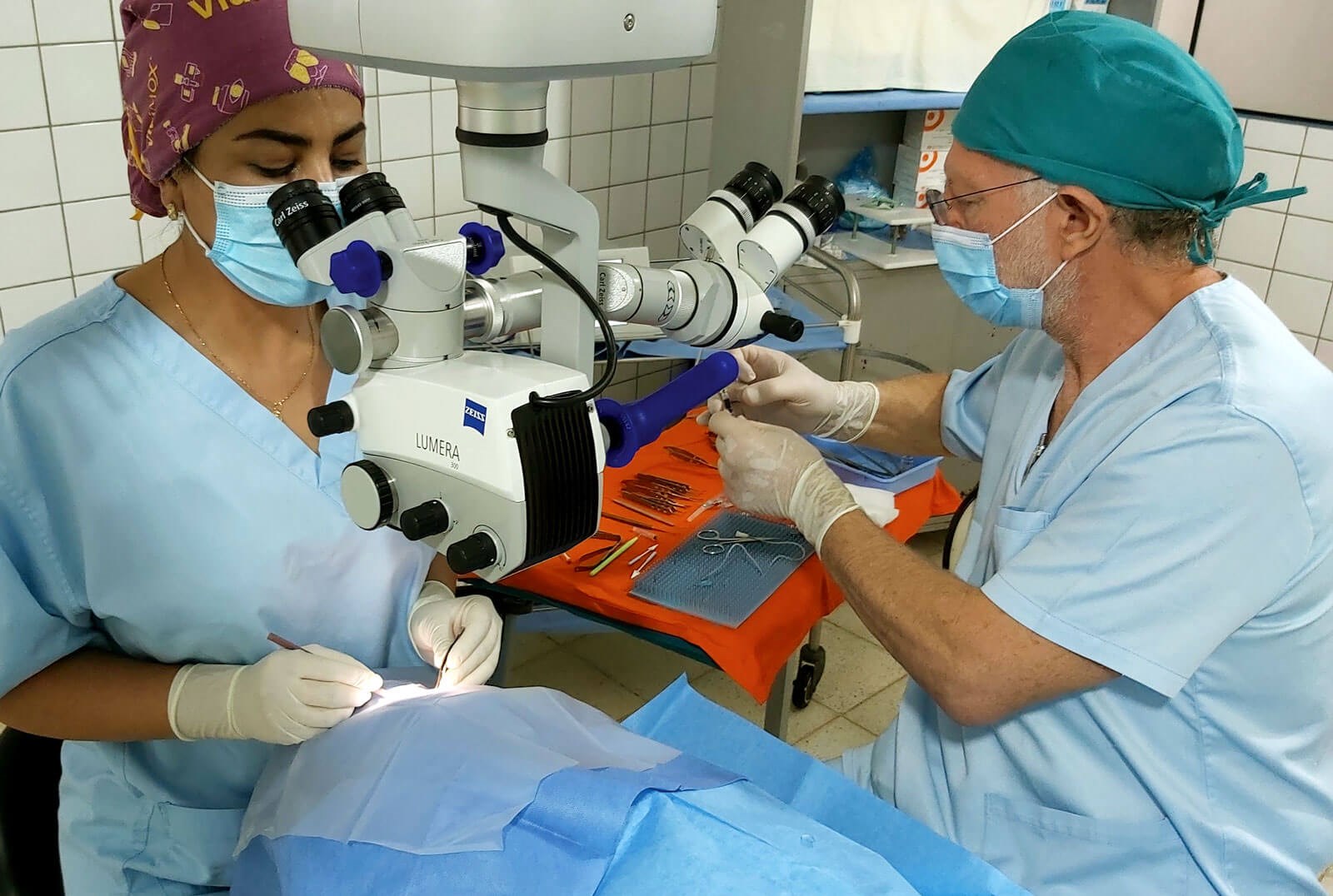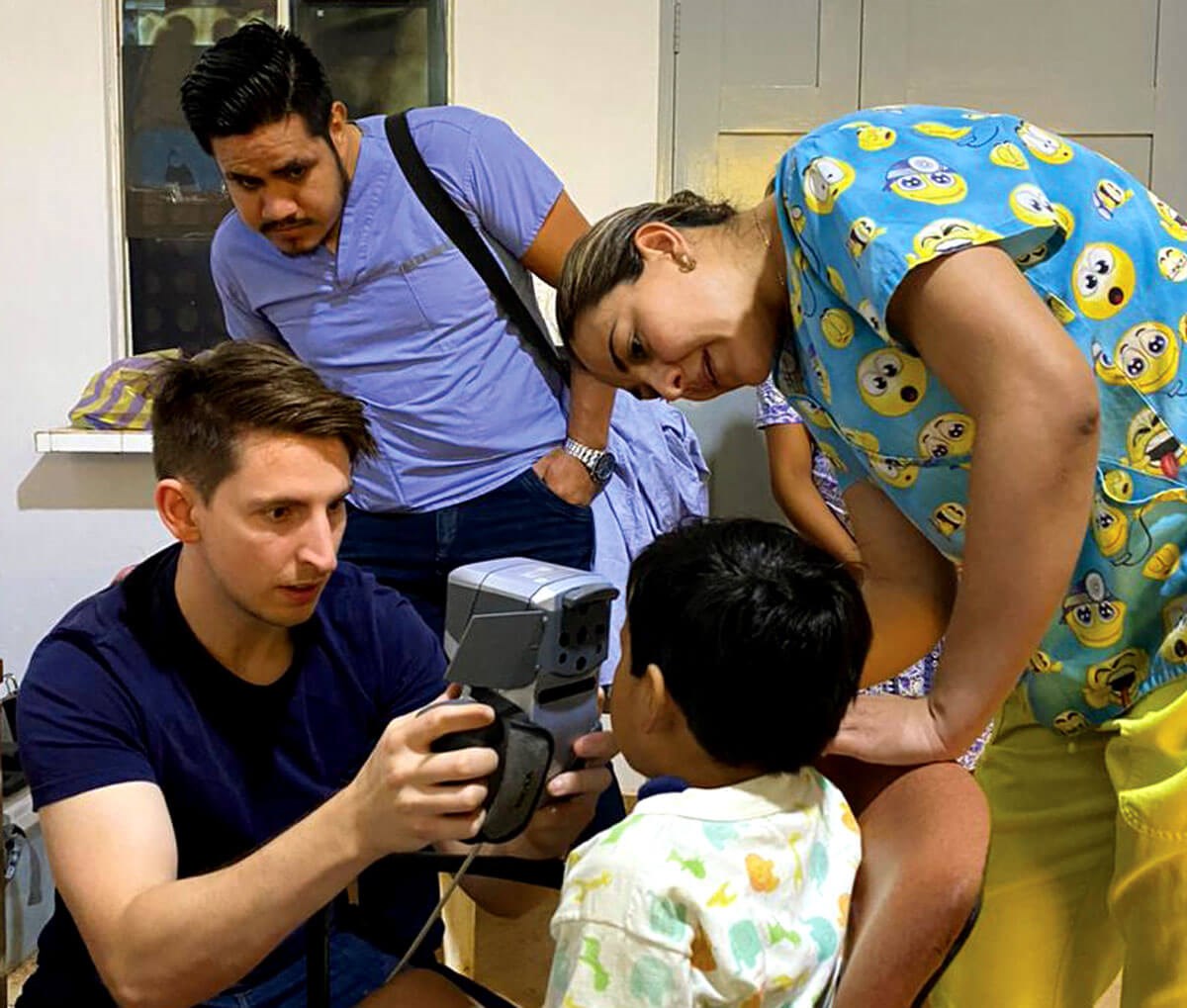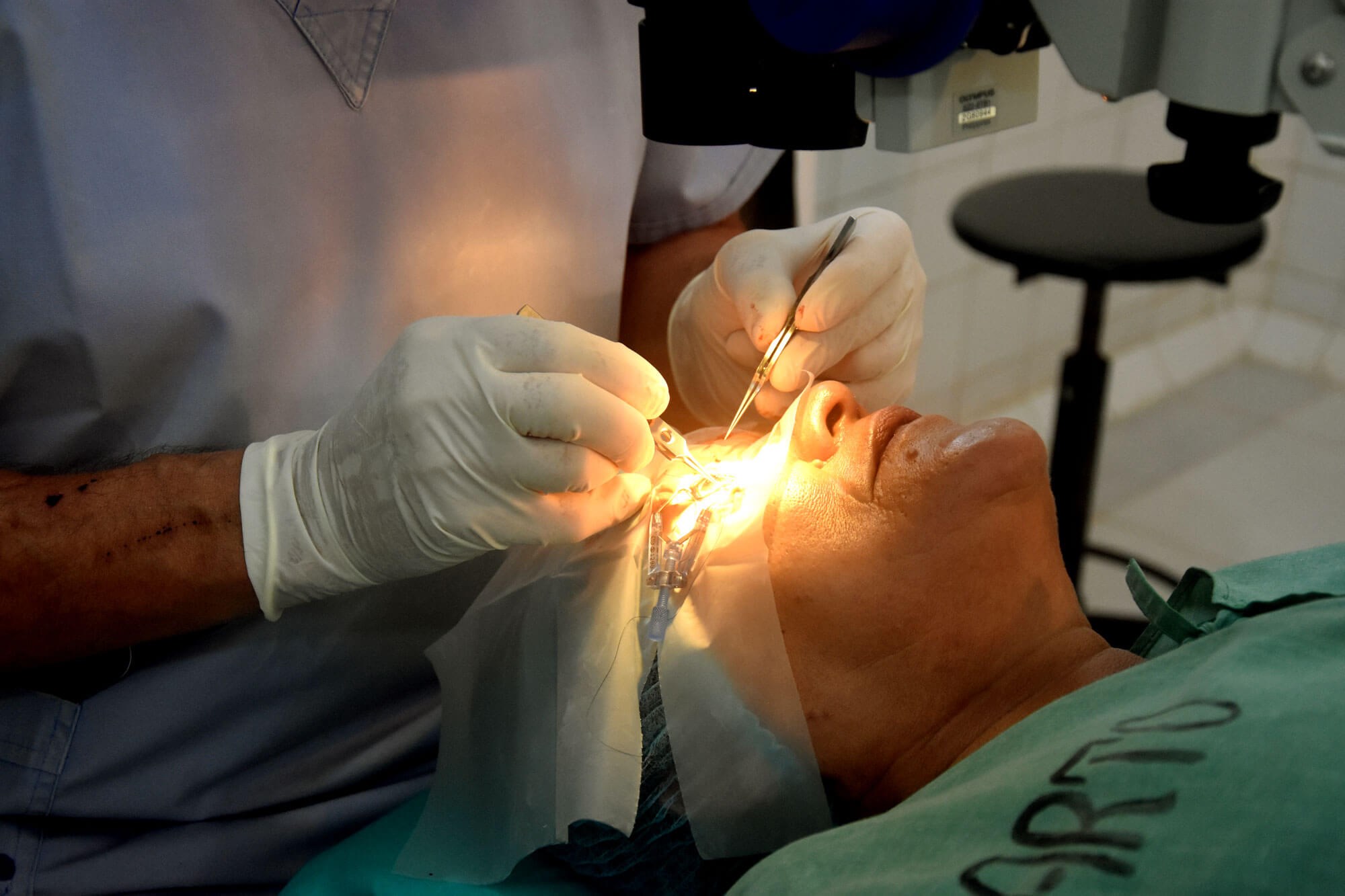Introduction
Working in remote, Amazonian villages, the Andean Medical Mission (AMM) have made progress into eliminating avoidable blindness in this small corner of the globe and have produced a video series, Beyond 2020, to share what they’ve learned over 12 years of working in northern Bolivia.
It is estimated that one billion people live with visual impairment globally. Moreover, developing countries are disproportionately affected, with four times more loss of vision compared to countries with well-established systems of primary, secondary and tertiary eyecare. Globally, populations are expanding, therefore the incidence of blindness in lower-income countries is set to grow.
Most blindness is completely avoidable and some, such as cataract, is reversable. With the right number of people, the correct strategic approach, training and attitude, substantial inroads into reducing the burden of blindness can be made.
Beyond 2020 focuses on the aspects of creating services which will ultimately impact on eliminating avoidable blindness in countries with developing eyecare services. The series focuses on the practicalities of setting up clinics and theatres from scratch, topics such as screening, surgical protocols, team logistics, dealing with infections and complications, legal permissions, complimenting existing services and more.

Arrivals in Bolivia.
Episode 1: Beyond 2020: The agenda
Dave Goldsmith, AMM’s General Manager, begins the first instalment by asking if it’s possible to eliminate avoidable blindness around the world and if so, who should be doing it and how? In the years the mission has been working in Bolivia, AMM has grown, developed and improved their practice, and Goldsmith wishes to share what they have learned with those who are interested in working abroad, but to begin, why Beyond 2020?
The year 2020 was supposed to be when avoidable blindness was eliminated across the planet – that was not achieved – and whilst Goldsmith recognises that there have been remarkable victories towards this objective, there is still much to be done. Now we are in 2023, he asks: “Have we adapted our strategies? Are we better? Are we chasing excellence?”
Through Beyond 2020, Goldsmith hopes two establish two channels: one to find and identify individuals from a range of skillsets and specialties, both in and out of ophthalmology, to help continue the Andean Medical Mission; the other to create a forum for discussion that others can learn from in all professions, anchored by the desire to use one’s skills to help, build or design improvements to services in developing countries.

AMM team in surgery.

AMM team checkups.

AMM team in surgery.
Episode 02: Five Tips for choosing the right non-government organisation (NGO)
Recording at two in the morning on his way to Baures, Goldsmith and AMM’s medical team are waiting on a ferry to help transport an ambulance across an Amazonian river. The two ferrymen have been drinking and are “up to their eyeballs in chewing coca and they’ve completely lost control of their craft.” With the ferry moving downstream and Goldsmith aware that (1) they’re nowhere near the crossing and (2) their torchlights are illuminating the eyes of crocodiles in the water, AMM’s theatre nurse, Sam, turns to him and says: “Dave, this is the best moment of my life.” This episode focuses on what it’s like to work in extreme environments, and some tips to help hopeful volunteers ensure they choose wisely.
- Geography: Be sure that you will be comfortable where you’re going. Fatigue, aches and stomach upsets, temperature and altitude can turn two weeks into an incredibly long time!
- Fit into a strategy that eliminates blindness: You’re going to be a lot more comfortable working on a project that makes a difference; be critical about where you choose to go and how you will work with communities and established practices.
- Work alongside local services: Be conscientious of the developing services in the area and how your occupational footprint may affect them once you leave.
- Find a balance between new and old charities: Don’t be afraid to join a new charity but don’t expect too much; it takes time to build a substantial practice (and don’t be afraid to start your own!).
- Results: Work for a results-driven organisation. Be thorough and ask for an audit – you want to know that what you’re doing is making a difference.
Episode 3: How remote is too remote?
Stopping off at El Mirador, one of his favourite spots on his way to Trinidad, Goldsmith thinks back to a conversation he had many years ago with a (then) junior doctor in which he asked whether the doctor felt they could go into remote villages of northern Bolivia and operate safely. His answer was no, and the doctor felt that you needed a big hospital and all it affords to do so.
Feeling a little despondent, Goldsmith then asked a retiring colleague who had worked extensively abroad and whose response was significantly different: he felt that, if need be, there was quite a lot of surgery that one could do in the back of a land rover.
Reflecting on the value in both responses, with an understanding of the latter’s slight exaggeration, Goldsmith realises that in truth there isn’t an awful lot that’s needed for an ophthalmic operating theatre, such as a clean room, clean water and a patient that’s lying down. Reviewing factors like the blind / sight-impaired population of an area, the accessibility or accumulation of public health information, operation turnaround, geography and more, Goldsmith breaks down the criteria for assessing the viability of a remote practice.
For more information on the Andean Medical Mission, check out their website at www.andeanmedicalmission.co.uk, where you will also find details of how to help. Alternatively, find them on Facebook and Twitter or reach out to Dave Goldsmith at: dave@andeanmedicalmission.co.uk
COMMENTS ARE WELCOME





